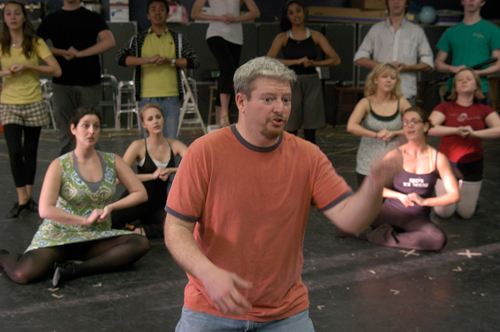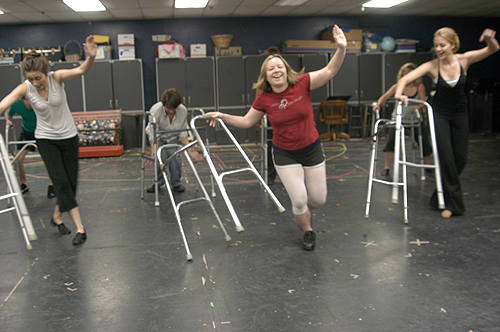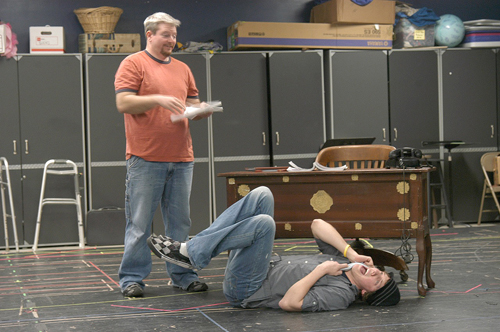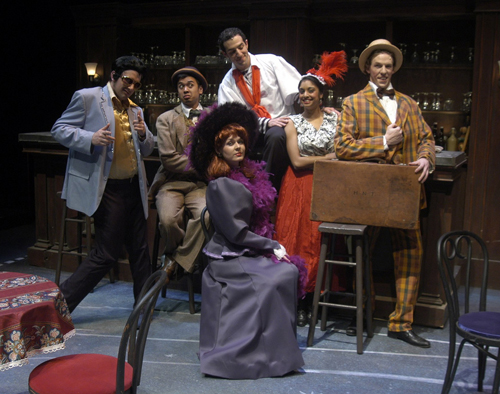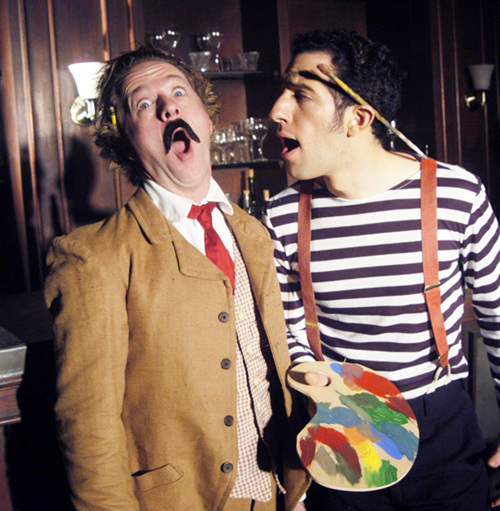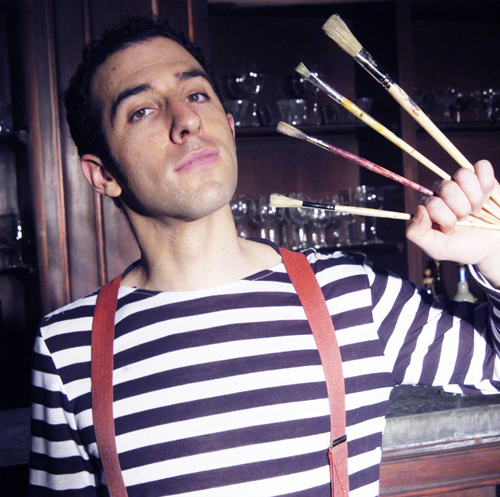
Contemporary playwright Steve Martin is probably best known for his stand-up comedy and film work, although he has been writing for stage and screen for many years. He has starred in over 40 films, including The Jerk, The Pink Panther, Cheaper by the Dozen, Father of the Bride and Planes, Trains & Automobiles. His screenplays include L.A. Story, Roxanne, The Man With Two Brains, Three Amigos and Shopgirl (which was based on a novella he published in 2000). Martin’s first book, a collection of short, humorous pieces called Cruel Shoes, was published in 1979. He has also written a memoir of his time in stand-up comedy, Born Standing Up: A Comic’s Life, a short novel entitled The Pleasure of My Company and Pure Drivel, a second collection of his short works that includes many that were first published in The New Yorker magazine. The teenage Steve Martin after school worked at the Magic Shop in Disneyland, where he learned to make balloon animals, to juggle and to play the banjo-all bits he would later keep for his comedy act. He developed a musical that headlined at Knott’s Berry Farm where Martin worked for several summers. In college at Long Beach, he seriously considered becoming a philosophy professor, but in 1967 he transferred to U.C.L.A. and became a theater major. While still in college he got a job writing for The Smothers Brothers Comedy Hour-a job that won Martin an Emmy Award for writing in 1969. His standup act, despite mixed reception on the road at first, brought him to Johnny Carson’s attention, and Martin became a frequent comedy guest on The Tonight Show. The 1970s also witnessed his Saturday Night Live! debut and the release of a series of popular comedy albums that unleashed catch phrases such as “Excuse me!” and “I’m a wild and crazy guy.”
Martin gave up his successful standup career to explore writing novels, screen and stage plays though he continues to make guest appearances on Saturday Night Live, as well as, continuing his film career.
Picasso at the Lapin Agile premiered in Chicago, a 1993 production of the Steppenwolf Theater Company. The show moved to the Westwood Playhouse in Los Angeles, where it was the longest-running play in the theater’s history. The show came to New York in 1995, where it played off-Broadway to similar success. Martin’s other writing for the stage includes several one-act plays, and a loose translation of Carl Sternheim’s 1910 play Die Hose (or The Underpants).

